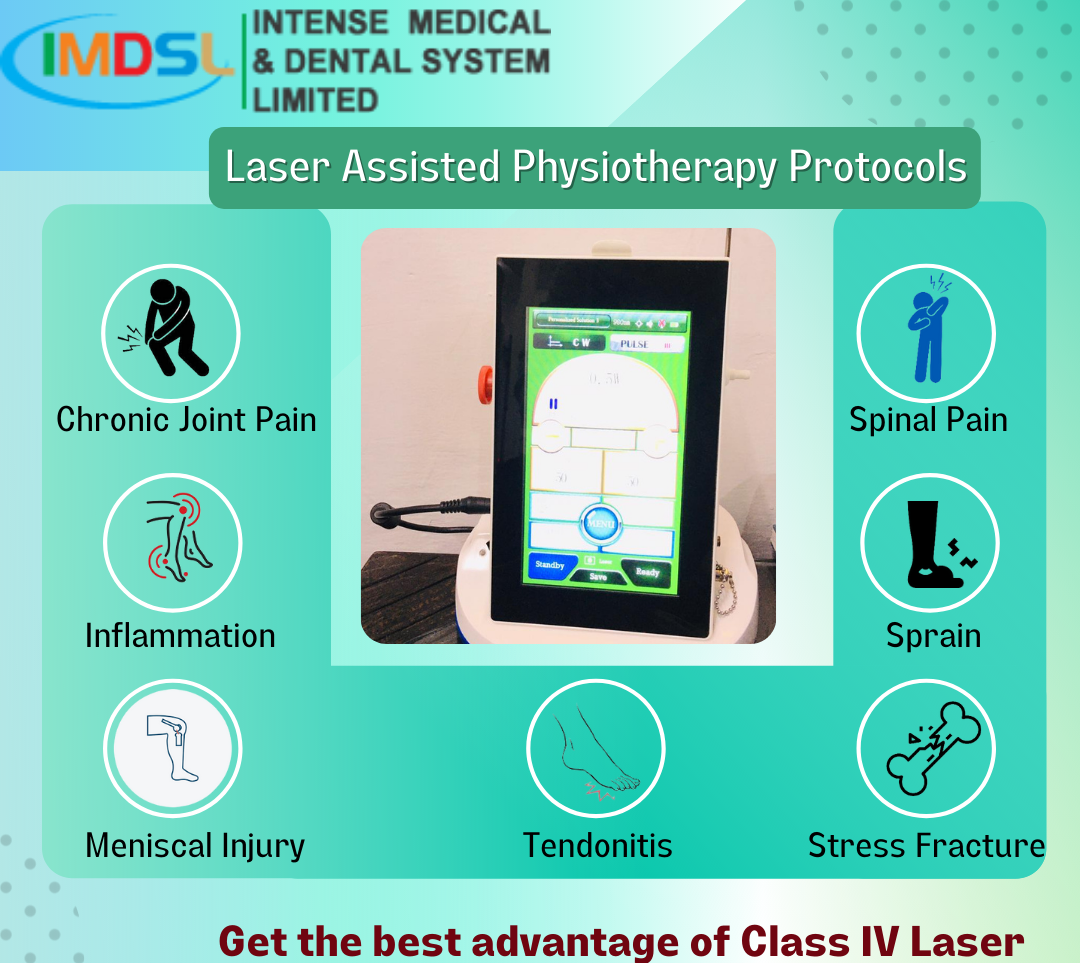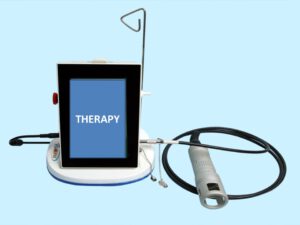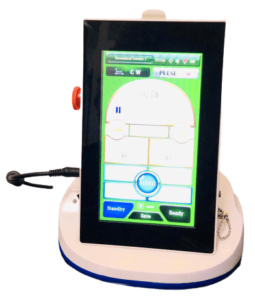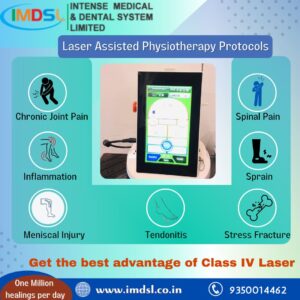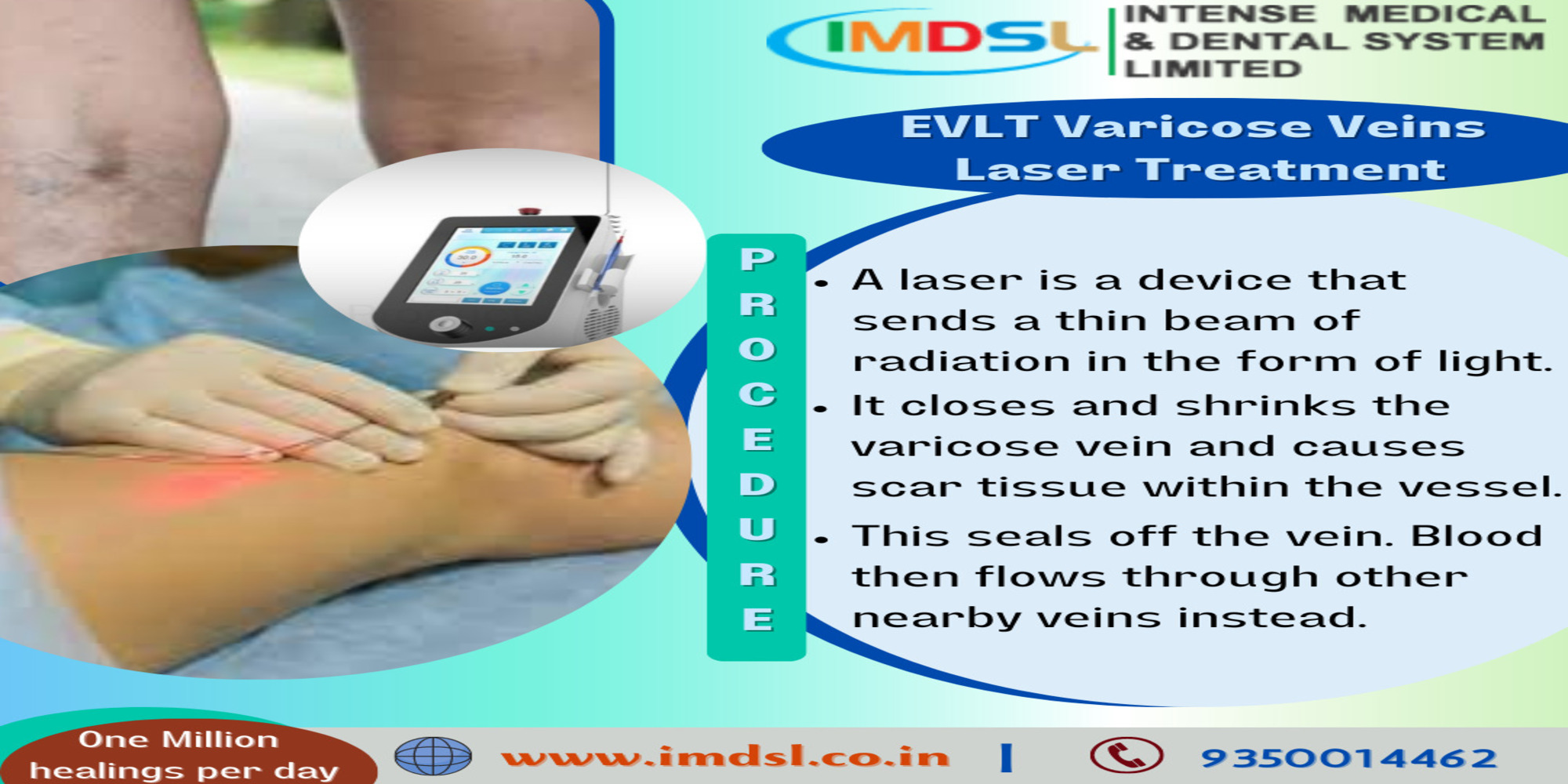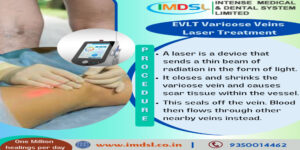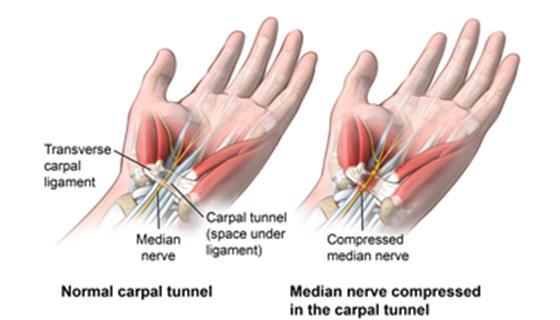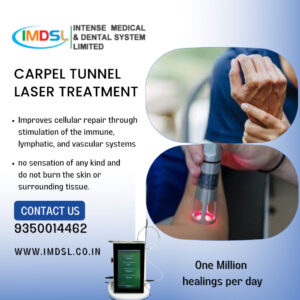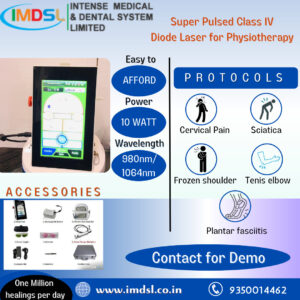The Science Behind Laser Therapy in Pain Management
In the realm of pain management, technological advancements have opened doors to innovative solutions. Among these, laser therapy has emerged as a groundbreaking method, leveraging the power of light to alleviate pain at its core.
Understanding Cellular Repair and ATP Production
Laser therapy operates at the cellular level, where its primary impact lies in fostering cellular repair. By stimulating the production of Adenosine Triphosphate (ATP), the energy currency of cells, lasers promote and expedite the repair processes within damaged tissues.
This surge in ATP not only aids in cellular regeneration but also facilitates the release of Nitric Oxide, promoting vasodilation crucial for enhanced blood flow and accelerated healing.
Nerve Stimulation: Blocking Pain Pathways
One of the immediate and remarkable effects of laser therapy is its ability to stimulate free nerve endings. This stimulation effectively interrupts pain pathways within the nervous system, leading to instantaneous relief during physiotherapy sessions.
By mechanically engaging these nerve endings, laser therapy acts as a potent blocker of pain signals, offering respite and comfort to patients undergoing treatment.
Tejas-T Laser: A Multi-Faceted Approach to Pain Relief
At the forefront of laser therapy technology stands Tejas-T, a cutting-edge system designed to deliver a spectrum of therapeutic effects. Its capabilities extend far beyond mere pain relief, encompassing:
1. Analgesic Effect
Tejas-T harnesses the power of laser energy to induce analgesia, providing a soothing and pain-relieving impact on treated areas.
2. Thermal Effect
Through controlled thermal modulation, this technology helps in managing pain by influencing temperature-sensitive elements within the body, offering a comforting warmth that aids in relaxation and relief.
3. Muscle Relaxation
Targeted laser therapy through Tejas-T promotes muscle relaxation, crucial in easing tension and reducing discomfort associated with muscle-related pain.
4. Microcirculation Enhancement
By enhancing microcirculation, Tejas-T facilitates improved blood flow to affected areas, promoting nutrient delivery and efficient waste removal, crucial for accelerated healing.
5. Biostimulation
The deep absorption capabilities of Tejas-T among various wavelengths make it an ideal choice for biostimulation, triggering cellular repair mechanisms and promoting overall tissue rejuvenation.
6. Anti-Inflammatory Effect
Inflammation, a key contributor to pain, is effectively managed through the anti-inflammatory effects of Tejas-T, reducing swelling and discomfort.
The unique depth of absorption possessed by Tejas-T makes it a versatile and effective tool for a wide array of therapeutic effects, making it an ideal choice for comprehensive pain management solutions.
In conclusion, laser therapy, particularly through the advanced Tejas-T system, represents a paradigm shift in pain management.
Its ability to engage at the cellular level, stimulating repair, blocking pain pathways, and offering multi-faceted relief, underscores its significance in modern physiotherapy treatments.
As technology continues to evolve, laser therapy stands as a beacon of hope, offering tangible relief and renewed comfort to those grappling with chronic pain.
Explore the transformative potential of laser therapy today and experience a holistic approach to pain management with Tejas-T.
Read more
